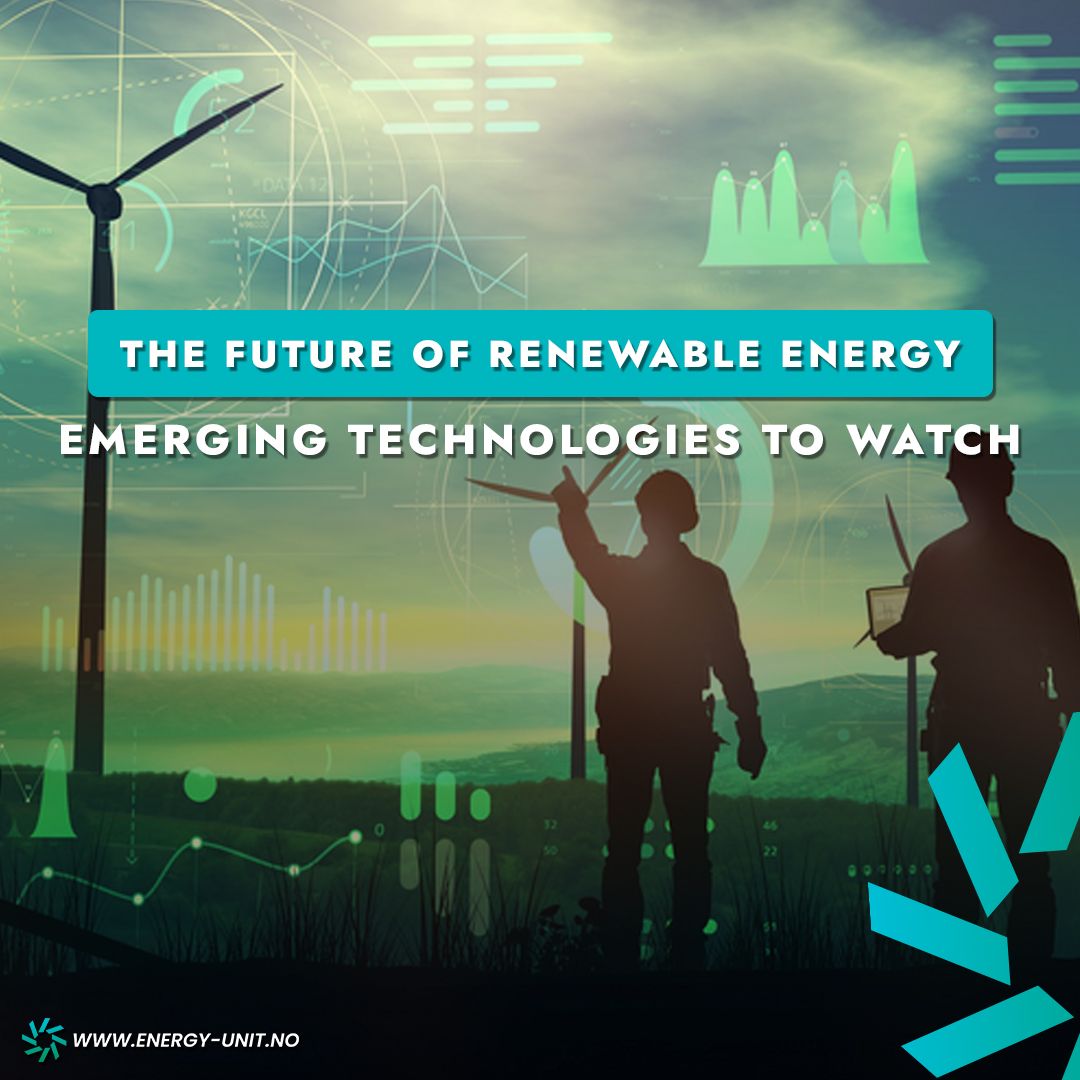Introduction: Renewable energy is rapidly evolving and advancing, with emerging technologies offering the potential for significant progress in energy generation and consumption.
Solar Energy Innovations
Perovskite solar cells are highly efficient and can be produced at a lower cost, while bifacial panels can generate electricity from both sides. Concentrated solar power systems use mirrors or lenses to focus sunlight onto a small area, generating high-temperature heat that can be used for electricity production.
Wind Energy Innovations
Offshore wind turbines can produce more electricity than onshore turbines, while kite turbines can fly higher in the sky to access stronger winds. Bladeless turbines use a different design to traditional turbines, making them quieter and safer for wildlife.
Energy Storage Innovations
Flow batteries use two electrolyte solutions that are pumped through a cell, providing a long-lasting and flexible energy storage solution. Solid-state batteries offer higher energy density and longer lifetimes than traditional batteries, while compressed air energy storage systems store energy as compressed air, releasing it later to generate electricity.
Hydrogen Fuel Cell Technology
Hydrogen fuel cell technology uses hydrogen gas to produce electricity and water, providing a zero-emission alternative to fossil fuels. This technology has great potential for transportation and stationary power applications.
Conclusion: Emerging technologies offer great potential for the renewable energy sector to advance and reduce carbon emissions. By embracing these innovations, we can contribute to a more sustainable future.
